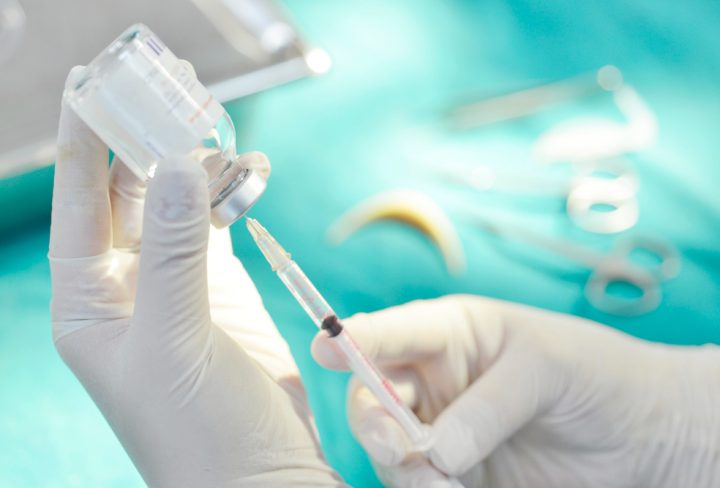What is Local Anesthetic Toxicity?
Local anesthetic toxicity happens when too much anesthetic medicine enters the body. This can cause harmful effects. Local anesthetics are drugs that numb a small area during procedures. While these medicines are usually safe, problems can occur if the dose is too high or injected incorrectly. Because local anesthetic toxicity can be serious, it is important to know the risks and how to prevent them. Safe anesthesia practices help lower these risks for everyone.
Common Symptoms and Warning Signs
Early signs of local anesthetic toxicity can be mild. However, they may quickly become severe. Knowing the symptoms helps you act fast. Watch for these warning signs:
If you notice any of these symptoms after receiving local anesthesia, tell your doctor right away. Quick action can prevent serious problems.
Causes and Risk Factors
Local anesthetic toxicity can happen for several reasons. Sometimes, the medicine is given in the wrong place or in too large a dose. Other times, a person’s body may not process the drug well. Some common causes and risk factors include:
Because these risks exist, doctors take special care when giving local anesthesia. They use safe anesthesia practices to lower the chance of toxicity.
How Local Anesthetic Toxicity is Diagnosed
Doctors diagnose local anesthetic toxicity by looking at your symptoms and medical history. They may ask about the type and amount of anesthetic you received. Sometimes, they use blood tests to check drug levels. In some cases, doctors use heart monitors or brain scans to look for problems. Early diagnosis is key. It helps doctors treat the problem quickly and safely.
Prevention Strategies in Anaesthesiology
Preventing local anesthetic toxicity is a top priority for healthcare teams. They follow strict safety steps, such as:
Additionally, doctors and nurses keep up with the latest safe anesthesia practices. This helps prevent local anesthetic side effects and keeps patients safe. According to the World Health Organization (WHO), following these steps reduces the risk of harm.
What to Do in Case of Suspected Toxicity
If you think you or someone else has local anesthetic toxicity, act fast. First, tell a healthcare provider right away. If you are not in a clinic or hospital, call emergency services. While waiting for help, stay calm and avoid moving too much. Quick treatment can save lives. Doctors may give special medicines or use other treatments to stop the effects of toxicity.
Lifestyle and Safety Tips for Patients
Patients can help prevent local anesthetic toxicity by following these tips:
Because your safety is important, these steps can help lower your risk. For more information, you can visit trusted sources like the CDC or WHO.
Consult a healthcare professional for personalized advice on anesthesia safety.
